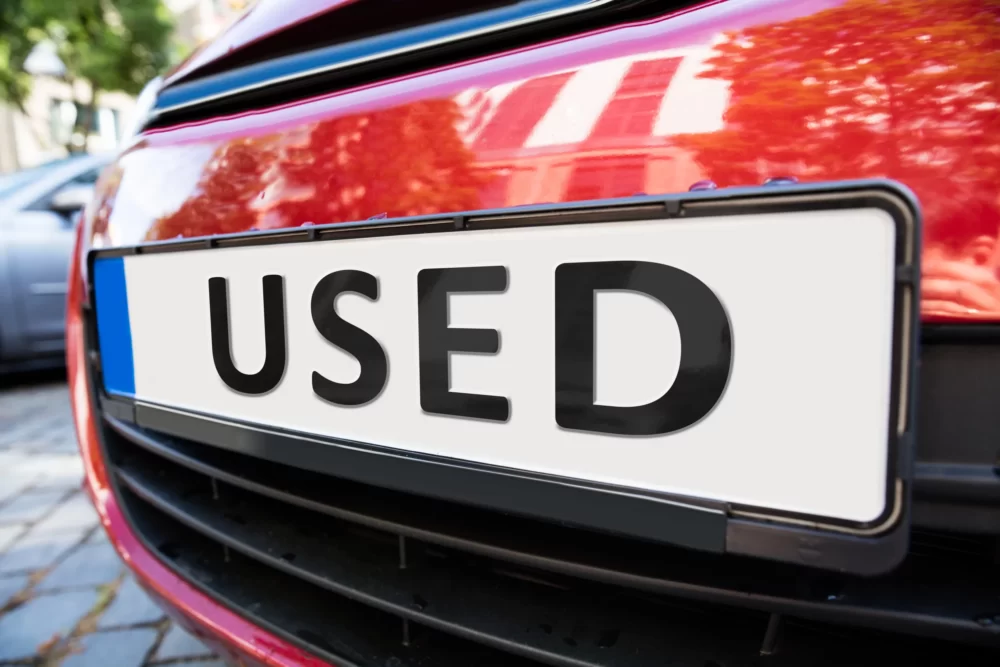As new car prices continue to rise (up 17.3% in 2022 over 2021), cash-strapped Canadian families are looking for ways of saving money without sacrificing their quality of life. One of the easiest ways of saving thousands of dollars is to browse the used car lots at Laneway Auto Loans & Sales in Atlantic Canada. Other good places to find used cars are classified ad websites like Kijiji (which is segmented by province), specialised websites like AutoTrader.ca, and giants eBay and Facebook Marketplace. Within an even tighter radius, family and community groups offer less choice, but greater convenience.
Staying Smart When Going Private
When you buy a used car from a reputable dealership, you can be fairly confident that it’s been thoroughly checked. In fact, many dealerships certify the second-hand cars they sell as having been expertly serviced. But with a private seller, you may have no idea of a vehicle’s history. Here’s a seven-point checklist you may want to follow, especially when buying a second-hand car from a stranger:
- Stay safe, be sensible: always meet in public, during daylight hours, preferably with a gearhead friend, and with plenty of other people around, having first checked the seller’s social networks for red flags;
- Do your homework first: before contacting a seller, find out the listed market price of the vehicle, based on aspects such as its make, model, features, year, mileage, and condition;
- Go for a test drive to see how the vehicle handles (and sounds) on the road, paying particular attention to the brakes, steering, transmission, and shock absorbers;
- Get a CarProof report with its odometer record, a full insurance and collision history, and details of any security claims;
- Call in a licensed mechanic to inspect the car, particularly the parts you can’t see, like the chassis and engine, as well as electrics and electronics;
- Make a financing-dependent lowball offer if you feel the car meets your needs, and then bargain your way up towards your pre-approved loan ceiling;
- Contact your lender and submit your application for auto financing.
How Does a Used Car Loan Work?
However, even pre-loved wheels cost a lot of money – more than most Canadians can afford to pay out as a lump sum. This is where auto financing is a lifesaver. Borrowing money to pay for a second-hand vehicle follows the same path as a new car loan, but with tighter constraints. This is why interest rates on used car financing are often higher than on brand-new models, reflecting higher risks. The ceiling amount is usually the value of the vehicle, which is to protect lenders like Laneway Auto Loans & Sales: if a borrower defaults, and depreciation brings the vehicle value down to well below the amount of the credit, the lender would lose money on the deal. Other than this, the mechanics are the same: the borrower pays back the principal plus interest (at up to 13% p.a.) through regular instalments over an agreed term. However, this may well not be as long as the 96 months permitted under Canadian law. As vehicle financing is basically just a personal loan secured by the purchased vehicle (which serves as collateral), many lenders will finance 80% to 100% of its value. Other constraints on second-hand auto financing include:
- the loan must be for at least $ 5,000;
- the odometer must show less than 10,000 km;
- the car should be no more than ten years old.
Takeaway
Put simply, private auto sales are simply deals between two drivers, one of whom usually needs financing. Both benefit financially from these direct deals that cut out middlemen – and added all the extra costs and commissions, of course. On the downside, both buyers and sellers must invest significant time and effort in closing a deal.
